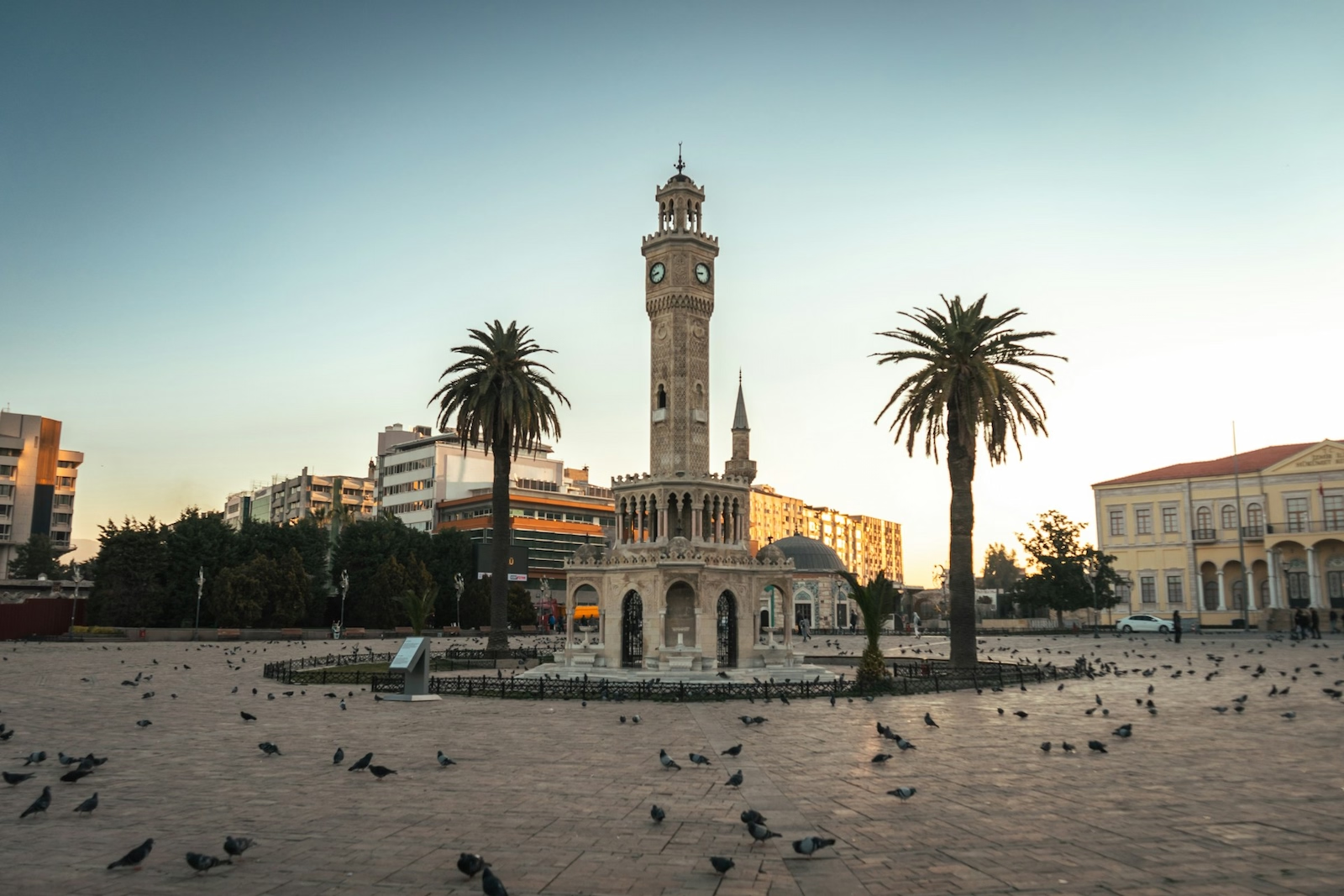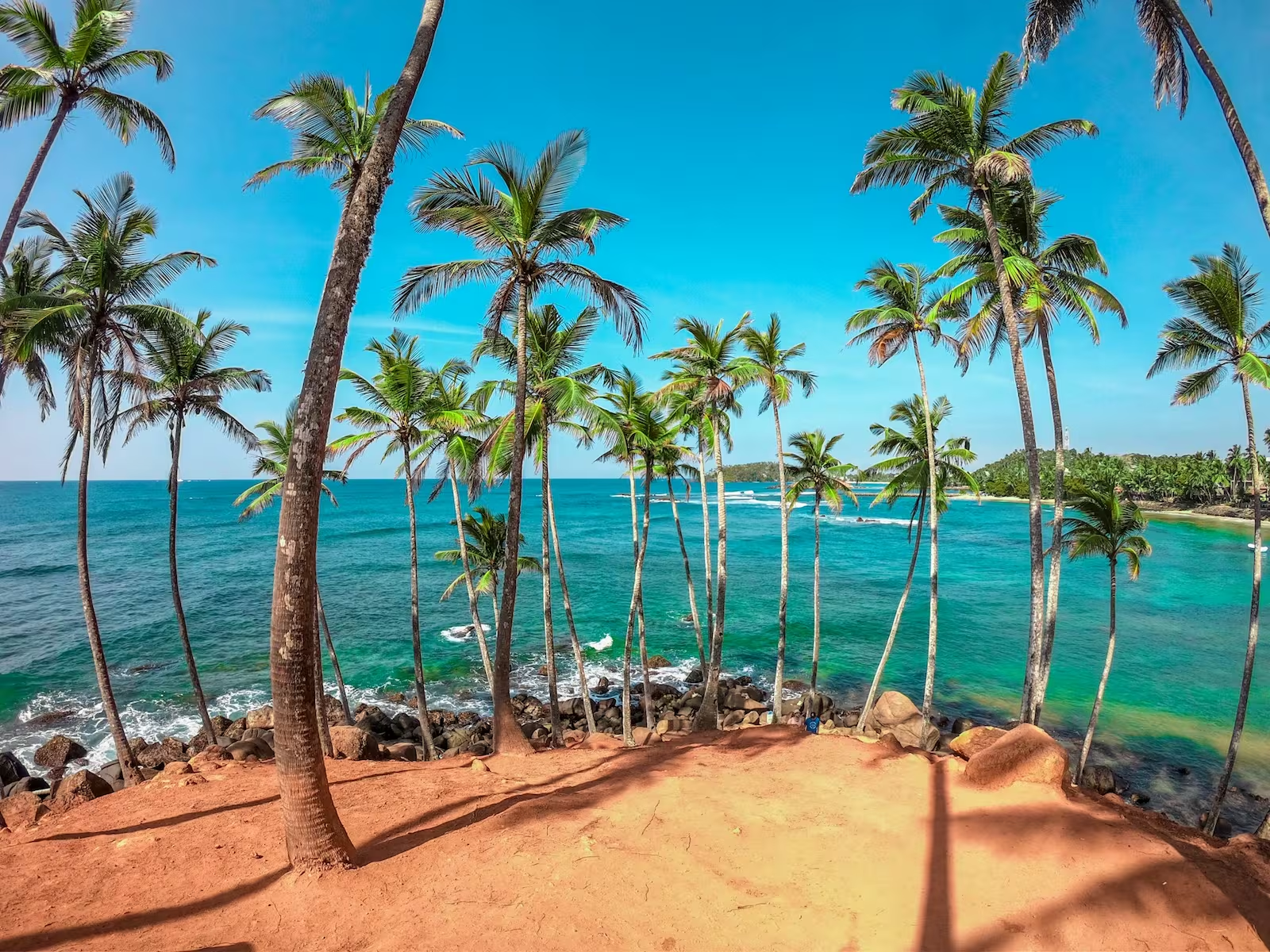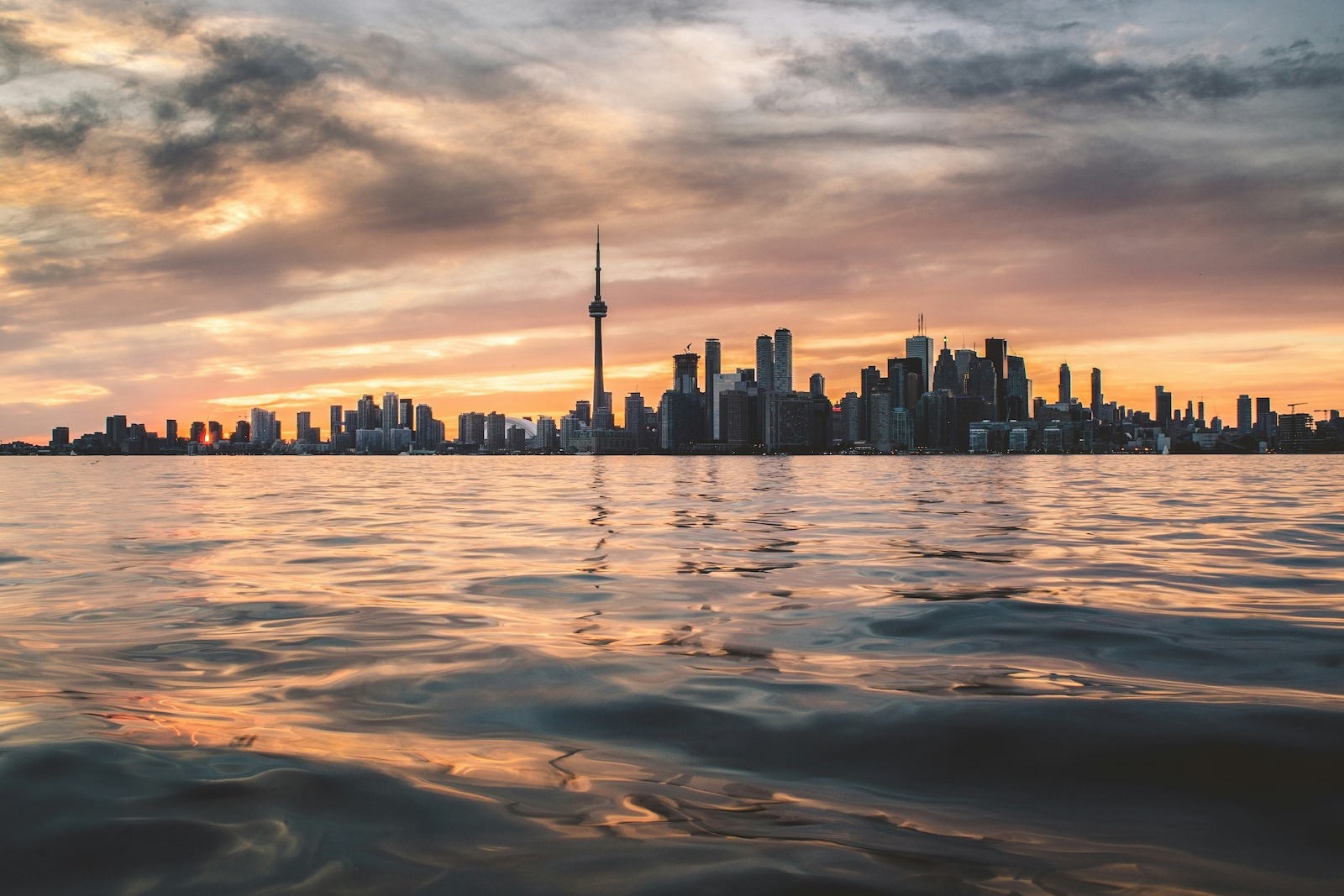With countries changing border status by the day, planning a holiday this year can be tricky, but by no means off limits! With the right planning and care for safety, millions are getting back on the road and discovering adventure again. In this guide, we’ll cover where to find out up-to-date news on border restrictions, how to stay safe as you travel and how to make your journey as smooth as possible.
Where Can I Go?

This question is hard to answer since it really depends on where you’re coming from. Some countries, like much of the EU, operate on a traffic-light system, with every country in the world sorted into a “green”, “amber” and “red” list each week. Where green means open access and red means closed borders, amber can represent a wide range of partial restrictions, from PCR-testing on arrival, to 5-10 days quarantining. Understanding exactly what restrictions will be put in place between your out-going and in-coming nation is vital, so that you can stay safe and enjoy your holiday without major headaches.
Here are some key resources to keep you clued up:
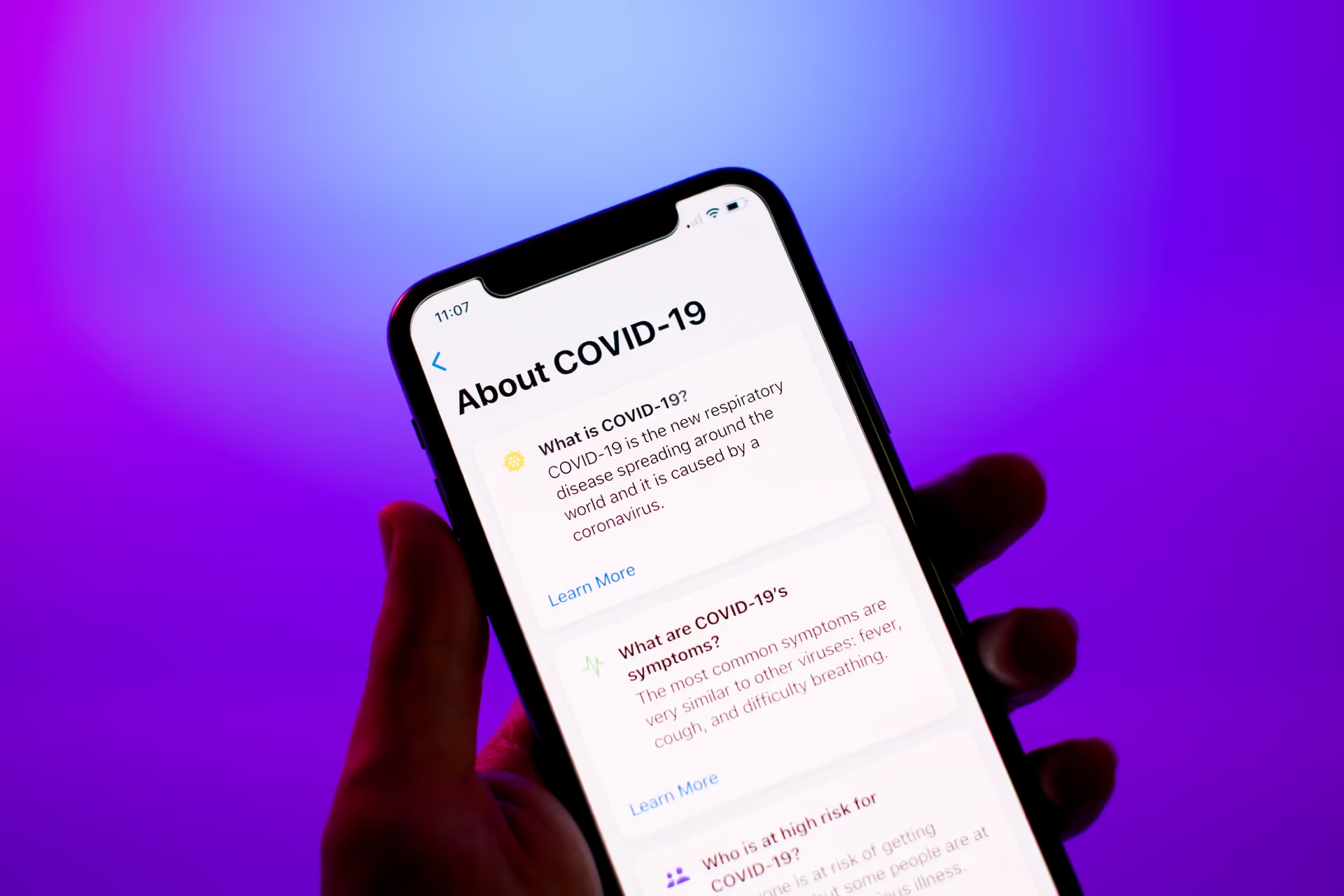
Skyscanner – Skyscanner have done a much better job than most government websites in designing an intuitive and simple tool for understanding border restrictions. Simply input your current location and it will tell you exactly what restrictions you will face in every country worldwide via an interactive map. Skyscanner get their information from official government sources via John Hopkins University, so it is pretty accurate, but never make a booking until you have cross-referenced with the government sources yourself!
Covid Controls – This website, from Great Escape, is even more sophisticated, since it allows you to visualise a world map by 12 different categories, from deaths per million, to vaccinations to lockdown status. It also has a toggle for your vaccination status, showing how this affects your freedom to travel. By clicking on an individual country, you are given a handy table displaying the latest statistics and a short description of the current border restrictions. Again, this data is limited and doesn’t update quite as quickly as Skyscanner, but is nonetheless a highly valuable tool.
Reopen.europa – This website, though not having as appealing a design or usability as the others, is a good resource since it is run by the EU itself. Available in 24 language and offering guidance on everything from quarantining to the “vaccine passport”, it’s a great place for all European travellers to get accurate information and advice.
Your government website – This goes without saying, but generally the best source of information about current border rules is your own government’s website. Despite often being very poorly designed (we’re looking at you USA!), they are the most trusted source you can turn to when seeking out up-to-date rules and regulations.
Common Restrictions – What do they mean?
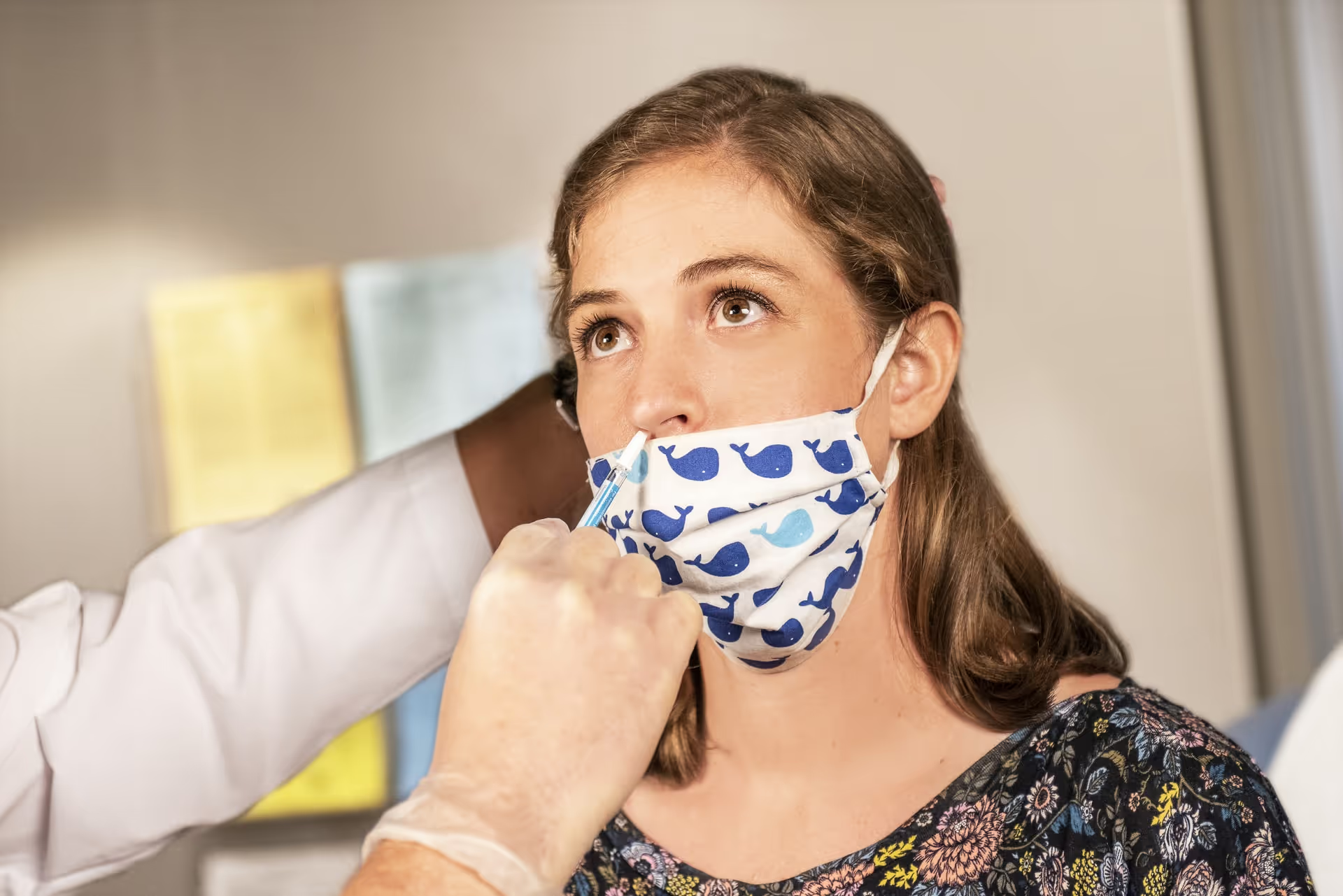
“PCR on Arrival” – a PCR test is the more sophisticated alternative to the Lateral Flow Test (aka Rapid Antigen Test) and is generally offered by medical professionals in a test centre, as opposed to a test done yourself at home. Getting a PCR on arrival will mean being taken to a test centre (often inside the airport) as soon as you arrive, to have your throat and nose swabbed. It usually takes up to 24 hours for your test to come back, so visitors are often asked to quarantine until that point. You may get your results as a phone call or a text, so be sure to clarify this beforehand in case it causes issues with your data roaming.
“Test to Release” – This means that you will have to quarantine on arrival, but only until you get the results from your first negative test. You may be allowed to take this straight away, or you may have to wait 5 days or more. Quarantining means going straight to your pre-booked accommodation, and not leaving for any reason other than testing.
“Open to Vaccinated Travellers” – This means that rules are different for travellers who can display proof of being fully-vaccinated. This generally means evidence of two vaccines – taken an appropriate time apart (such as a first and second Pfizer vaccine dose). Currently, there is no centralised “vaccine passport” system, but different states are working on different solutions and generally a letter of evidence can be downloaded or displayed via an app from your country’s official digital platforms. For more information on this, read our full article on Vaccine Passports here.
“Recovered Persons” – Since having Covid gives you a degree of immunity for a (disputed) period after having it, many nations allow the same rights to those having recently recovered from Covid as they do to vaccinated travellers. This must be supported by evidence, which clearly shows that the traveller has had Covid no longer than 180 days before travelling (such as a doctor’s note).
“Emergency Brake” – This is a common phrase used by governments to warn travellers about the speed at which new restrictions can be put in place. Despite a country moving into Green List or welcoming tourists, if case levels start to spike, a new system (including closed borders) could be put in place in a matter of weeks, days or even hours. This is why it is vital to have a plan, in the event of an emergency brake being put in place.
Risk Levels – How Risky are They?
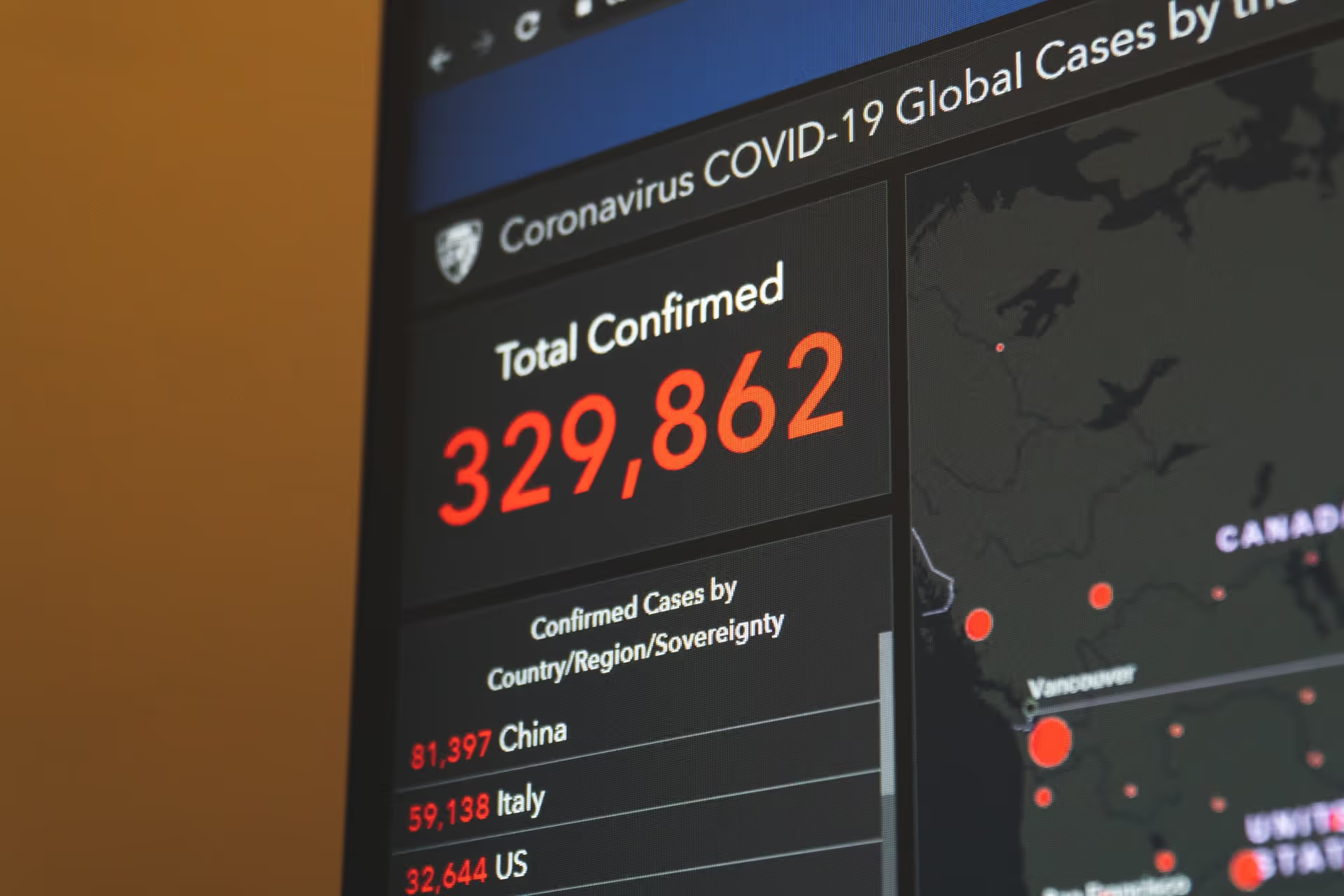
Of course, each country sets its own standards for what counts as “Green”, “Amber” or “Red List”, but there does tend to be a common procedure for categorisation. As published by the European Centre for Disease Prevention and Control (ECDC), here are the general rates that define each one:
Green List: Green List countries generally have fewer than 75 Covid cases per 100,000. Their hospitalisations and death rates are likely to be on a downward trajectory, and they may be at the end of (or beginning of) a “Covid wave”. Public institutions will be opening up, and it is likely that bar and restaurants are approaching normal conditions.
Amber List: Amber list countries generally have fewer than 200 cases per 100,000. Their hospitalisations and death rates should be on a flattened or downward trajectory, and they may be approaching the end of (or beginning of) a “Covid wave”. Public life may still be seeing some restrictions, and border/institutions alike may close quickly if cases start to change.
Red List: Red list countries generally have anything more than 200 cases per 100,000 and 500+ may be categorised as “dark red”. The country is likely to be currently experiencing a surge in cases, hospitalisations, and deaths, likely due to the start or continuation of a new wave. Public institutions, including bars and cafes will likely be closed, and movement restricted.
What Else Can I Do to Prepare?

So, you’ve checked out the rules and are clued up about exactly what your home nation and destination want from you. You’ve booked any tests needed to travel, downloaded your proof of vaccination status and filled out all pre-departure forms thrown at you – what else?
Well, firstly – well done! You’ve pulled it all off and now you can get back out there and experience the wonders of travel after so many months locked away – lucky you!
However, the only other thing to think about is a contingency plan, were your travel destination to suddenly implement an emergency brake system. Imagine that the borders were closing, and you had to get home immediately. Would you be able to? Here are a few questions to consider:
How will I stay on top of changes to border restrictions during my trip?
If I had 24 hours to get home, could I change my flight? Would I be able to afford it?
Could I get to a major airport within that time, using the transport options and money at my disposal?
If I ended up getting stuck here, where would I stay and how long could I afford it?
Do I know the details of my embassy in case I needed to get in contact with them?
If my home country changed the quarantine rules for my return, how would this impact my work/family/other commitments?
So long as you’ve got these somewhere in the back of your mind, and respect local Covid rules, you can start thinking about the things that really matter – like where are you going to go for dinner in your first evening in paradise? Keep safe, stay mindful of the law, and have the time of your life!






.jpg)




